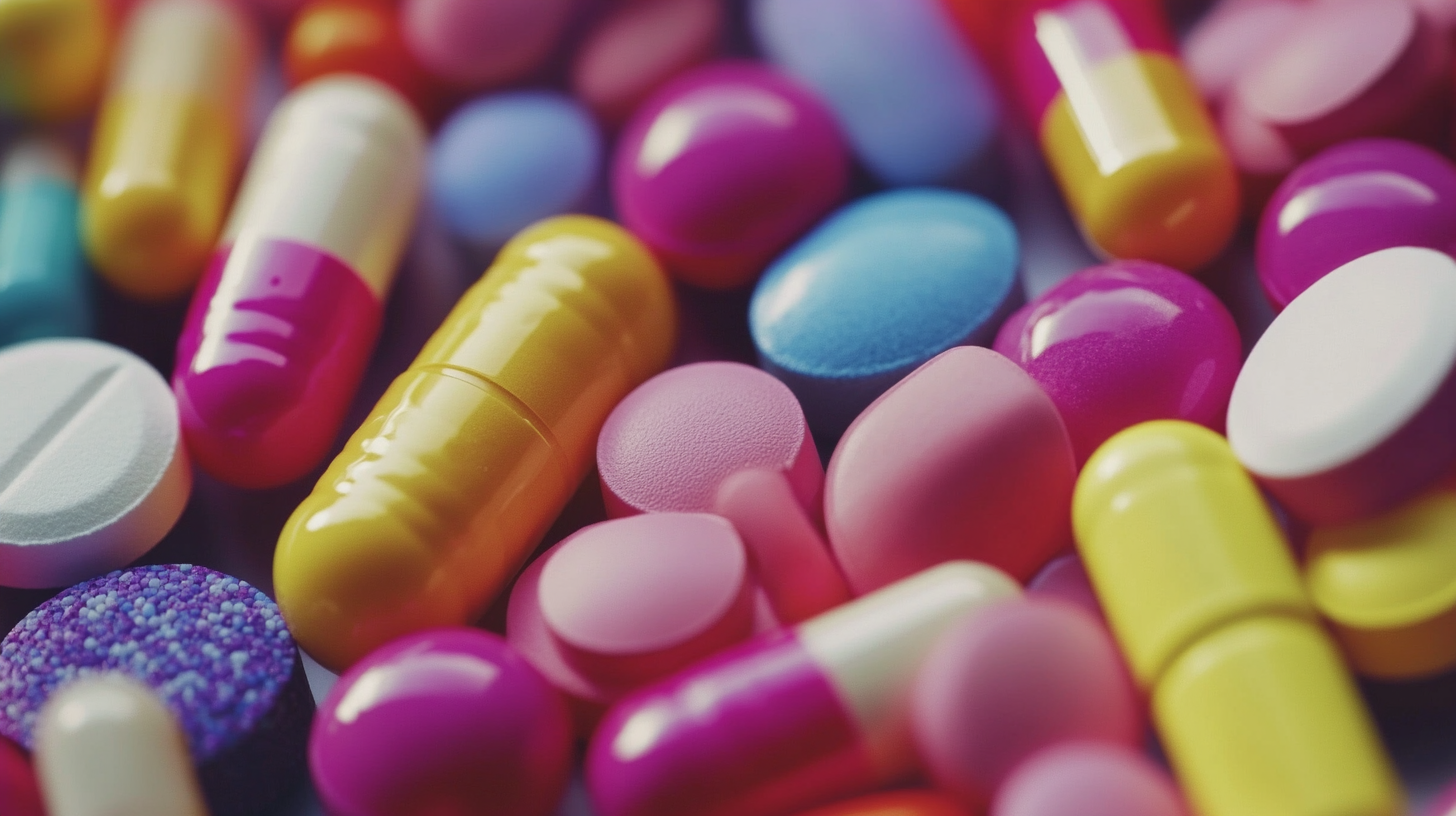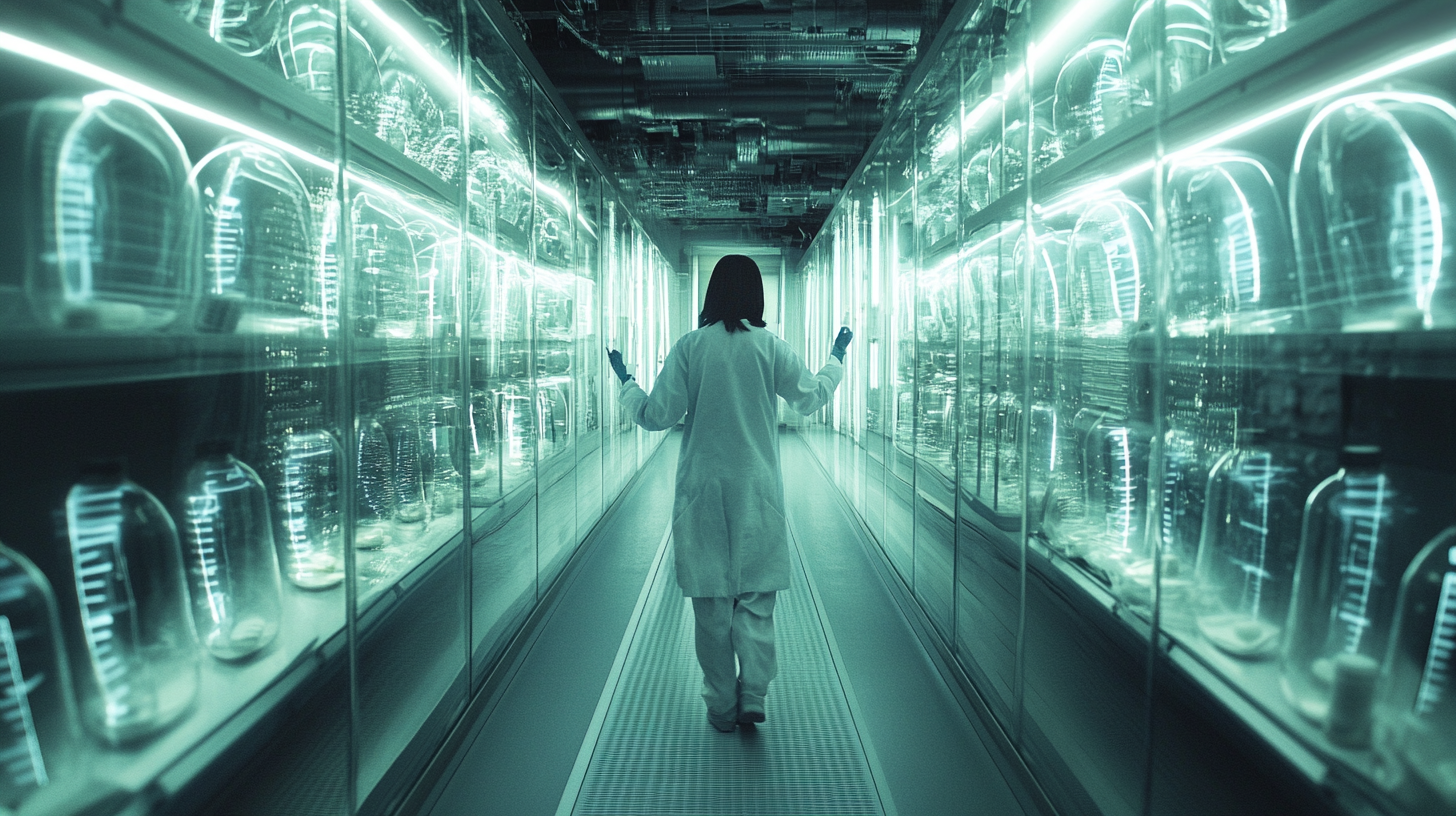The pharmaceutical manufacturing industry has undergone significant transformations in recent years, driven largely by globalization and technological advancements. As reported by the Global Pharmaceutical Manufacturing Market Report 2021, the industry is projected to reach a value of approximately $1.5 trillion by 2025, reflecting a compound annual growth rate (CAGR) of 7.5%. This impressive growth is informed not only by the rising demand for innovative therapies but also by increasingly complex regulatory landscapes and the need for cost-efficient production methods. In a globalized economy, pharmaceutical manufacturing processes are now more than ever influenced by international supply chains and market dynamics. As companies adapt to these changes, they are also embracing digital technologies, such as automation and artificial intelligence, to enhance efficiency and compliance. This evolution presents both challenges and opportunities as the industry seeks to balance quality, speed, and sustainability in a rapidly changing market environment.

The landscape of global pharmaceutical manufacturing is undergoing rapid transformation driven by technological advancements and changing market dynamics. According to a report by IQVIA, the global pharmaceutical manufacturing market is projected to grow at a CAGR of 7.4%, reaching approximately $1.5 trillion by 2025. This growth is largely fueled by the increasing demand for personalized medicine and biologics, which require more sophisticated manufacturing processes.
As manufacturers adapt to these trends, there is a notable shift towards more flexible and automated production systems. For instance, smaller batch sizes and continuous manufacturing techniques are becoming more prevalent, allowing companies to respond swiftly to market needs and reduce time-to-market. A study by McKinsey highlights that firms embracing digital technologies can achieve up to a 35% reduction in manufacturing costs while enhancing product quality.
Tips for pharmaceutical manufacturers include investing in digital supply chain integration and real-time monitoring systems to improve efficiency. Additionally, embracing sustainability practices not only aligns with regulatory expectations but can also enhance brand reputation and operational efficiency. Keeping an eye on emerging technologies like AI in predictive analytics will be crucial for staying competitive in this evolving market.
| Year | Trend | Impact on Industry | Region |
|---|---|---|---|
| 2010 | Increase in Biopharmaceuticals | Expanded manufacturing capabilities and research | North America |
| 2015 | Automation in Manufacturing | Increased efficiency and reduced costs | Europe |
| 2020 | Shift to Continuous Manufacturing | Enhanced product quality and regulatory compliance | Asia |
| 2023 | Emphasis on Sustainability | Focus on environmentally friendly practices | Global |
In recent years, technological innovations have been at the forefront of transforming pharmaceutical manufacturing within the global economy. According to a report by McKinsey, the pharmaceutical industry has experienced a shift towards digitalization, with approximately 70% of companies investing in advanced manufacturing technologies such as AI and machine learning. These technologies enhance the efficiency of drug production processes, leading to faster development times and reduced costs. For instance, AI-driven predictive analytics have been shown to decrease the time needed for drug formulation and testing by up to 30%, enabling companies to respond quickly to market demands.
Moreover, the integration of automation and robotics in manufacturing has significantly increased scalability and precision. A study from Deloitte revealed that automated systems can improve production rates by as much as 40%, while also minimizing human error. As a result, pharmaceutical companies are not only able to meet regulatory standards more effectively but can also ensure higher quality and consistency in their products. Furthermore, the rising trend of continuous manufacturing is changing the landscape, allowing firms to produce drugs in a more streamlined and efficient manner. This innovation is expected to lead to a 25% reduction in production costs by 2025, according to industry forecasts. As these technological advancements continue to shape the pharmaceutical sector, the future of drug production looks increasingly promising.

Regulatory agencies play a crucial role in establishing and enforcing manufacturing standards in the pharmaceutical industry, particularly in the context of a global economy where consistency and compliance are paramount. According to the International Pharmaceutical Regulators Forum (IPRF), the adoption of harmonized guidelines has significantly improved quality assurance across borders. The aim is to minimize discrepancies in product quality, which in 2020 was identified as contributing to approximately 10% of pharmaceutical recalls worldwide, highlighting the need for stringent regulatory oversight.
The World Health Organization (WHO) reports that the pharmaceutical market reached $1.48 trillion in 2021, and as the industry grows, so too does the complexity of ensuring compliance with manufacturing standards. Regulatory bodies such as the FDA in the United States and the EMA in Europe have implemented rigorous Good Manufacturing Practices (GMP) that require manufacturers to adhere to strict protocols to maintain product integrity. These agencies work collaboratively with global counterparts to share findings and streamline processes, facilitating faster access to safe and effective medications across international markets. As the landscape of pharmaceutical manufacturing evolves, the role of regulatory agencies remains pivotal in safeguarding public health and fostering innovation.

The globalization of the pharmaceutical industry has led to significant innovations and improvements, but it also presents a myriad of challenges for companies striving to navigate this complex landscape. One major hurdle is regulatory compliance, as pharmaceutical firms must adhere to varying regulations and standards in different countries. This can result in increased operational costs and time delays, complicating the manufacturing and distribution processes. A lack of uniformity in regulations not only poses risks of non-compliance but also demands agile strategies to manage these disparities efficiently.
Additionally, the global economy introduces intense competition, which can pressure companies to cut costs and optimize resources. While this can lead to enhanced efficiency, it also risks compromising quality. Companies must balance the need for cost-effectiveness with their commitment to delivering safe and effective products. Furthermore, supply chain disruptions caused by geopolitical tensions, natural disasters, or pandemics can severely impact production timelines and product availability. In an interconnected world, pharmaceutical companies must develop robust risk management strategies to mitigate these challenges, ensuring they can respond swiftly and maintain their market positions amidst changing global dynamics.
This pie chart illustrates the challenges faced by pharmaceutical companies in a globalized economy. The key challenges include regulatory compliance, supply chain management, competition, product development, and market access.
The pharmaceutical manufacturing industry is undergoing a significant transformation as sustainability initiatives become increasingly vital in a global economy. According to a recent report by the Pharmaceutical Research and Manufacturers of America (PhRMA), the industry's carbon footprint accounts for nearly 5% of global greenhouse gas emissions. In response to growing environmental concerns, many companies are adopting sustainable practices, such as utilizing green chemistry principles and investing in renewable energy sources. These initiatives not only reduce environmental impact but also enhance operational efficiency, paving the way for long-term profitability.
One effective strategy for integrating sustainability into manufacturing processes is the implementation of circular economy principles. By designing products with a focus on recyclability and waste reduction, pharmaceutical companies can minimize resource consumption. A study from the World Economic Forum indicates that transitioning to a circular model could save the industry up to $400 billion annually by 2030. Additionally, engaging in supply chain collaboration can amplify these efforts, as shared sustainability goals among partners can lead to innovative solutions and improved practices.
**Tips:** To ensure a successful transition to sustainable methods, companies should focus on employee training regarding green practices. Regularly conducting sustainability assessments can also help identify areas for improvement. Finally, staying informed about regulatory changes and industry benchmarks will enable companies to adapt and thrive in this evolving landscape.
This chart illustrates the growth of sustainability initiatives in pharmaceutical manufacturing from 2018 to 2023. The data shows the percentage of companies implementing eco-friendly practices over the years.